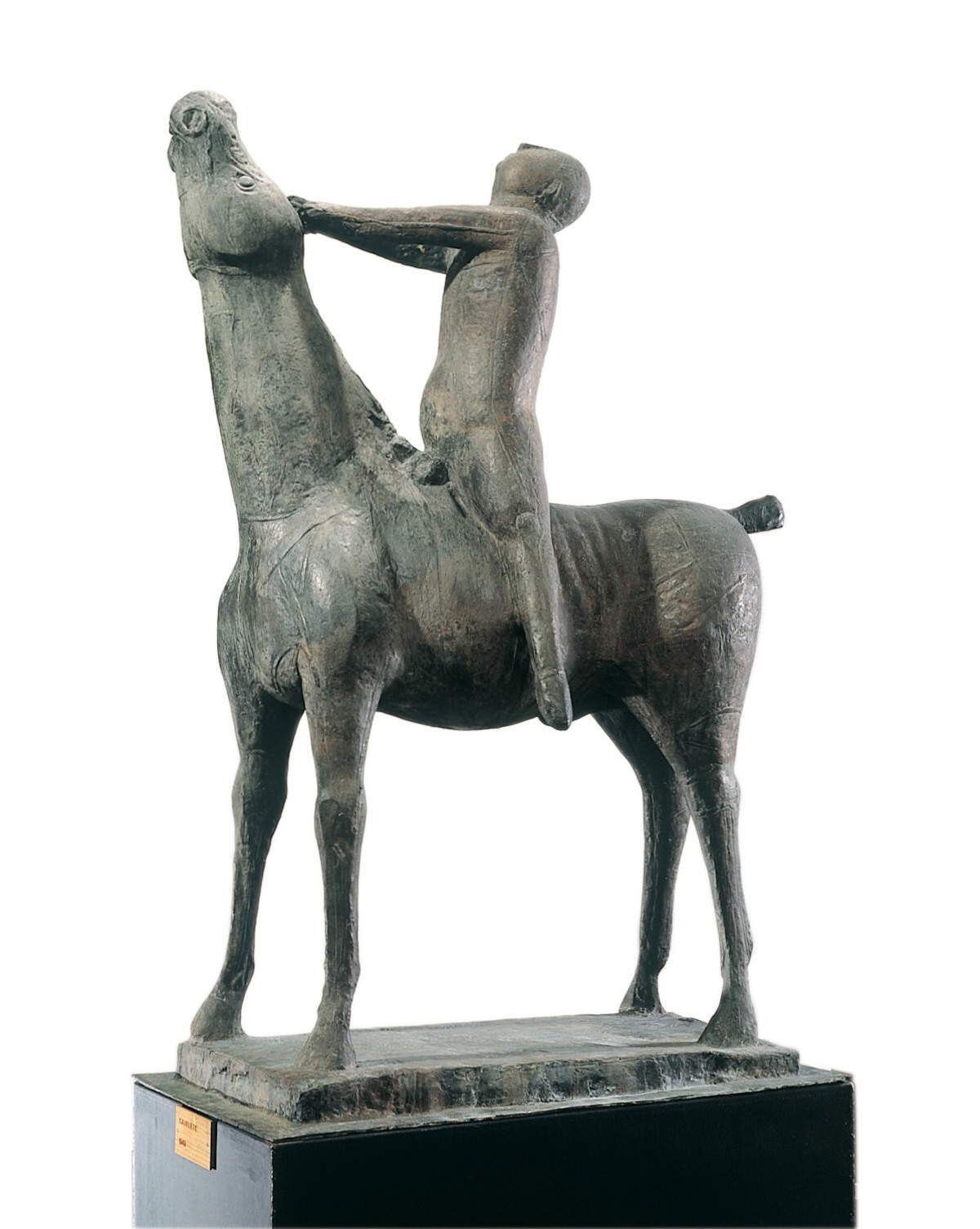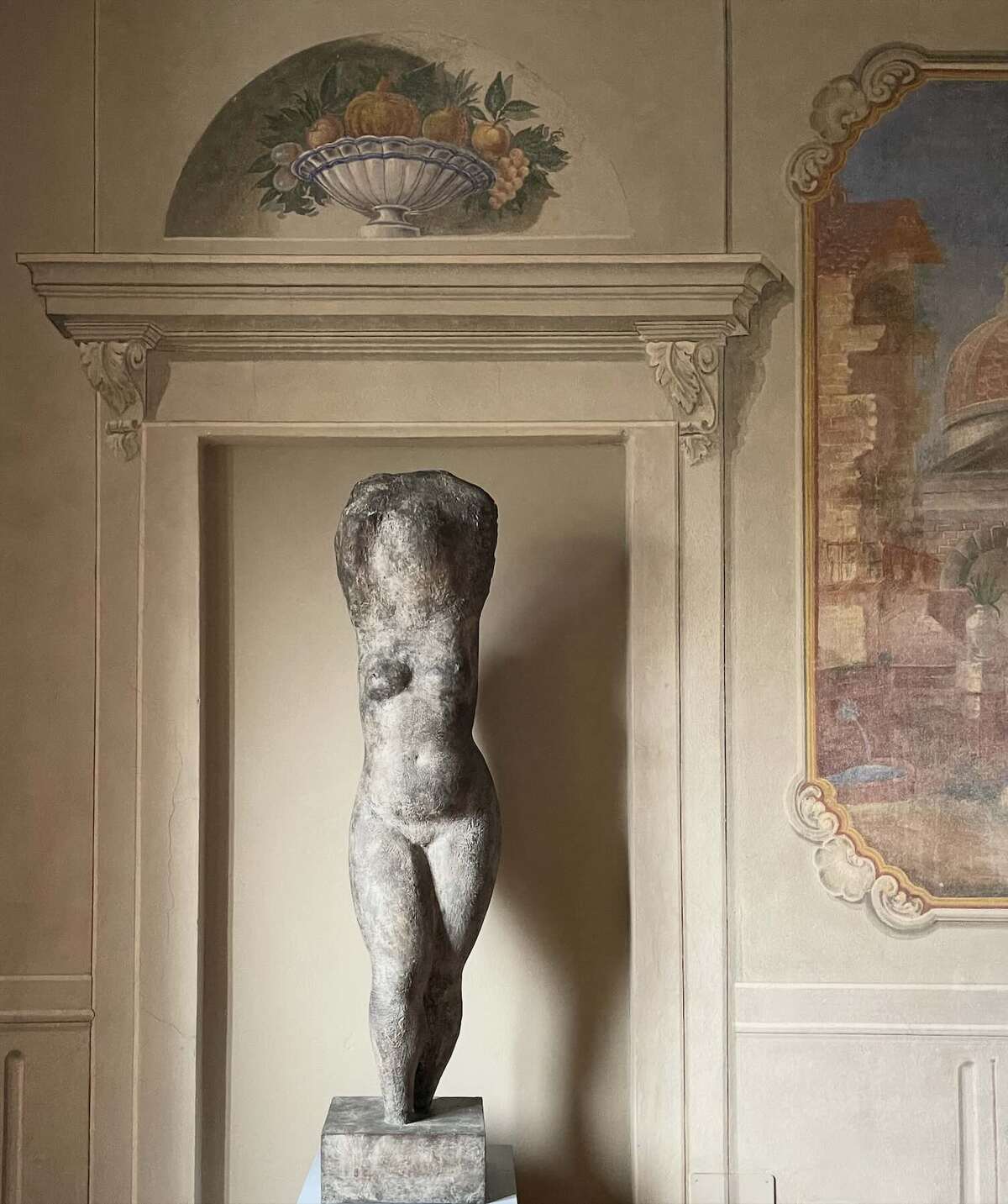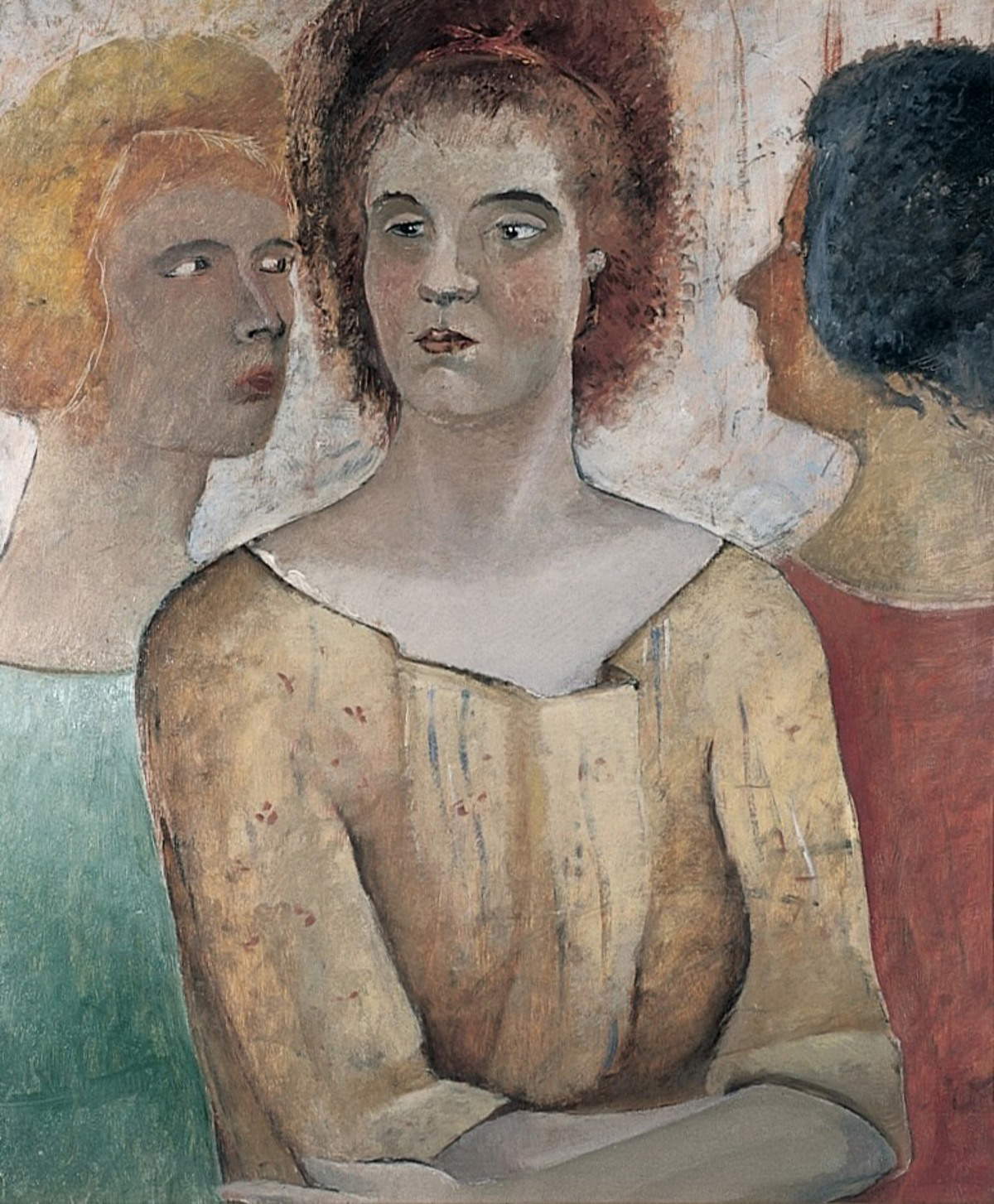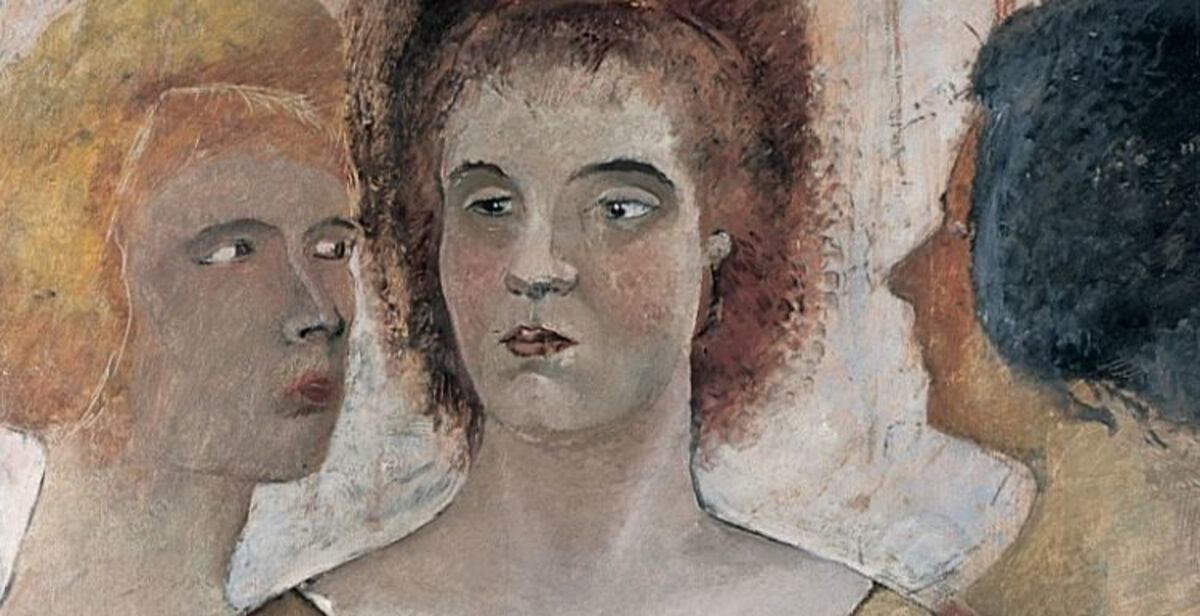Arezzo welcomes a major retrospective exhibition dedicated to Marino Marini (Pistoia, 1901 - Viareggio, 1980), among the greatest exponents of twentieth-century sculpture, articulated in two venues: the Municipal Gallery of Modern and Contemporary Art and the Medici Fortress. From June 29 to October 31, 2025, more than one hundred works including paintings, sculptures, bronzes and plaster casts tell the complexity of the artist’s creative journey. The exhibition project, entitled Marino Marini. In Dialogue with Man, is curated by Alberto Fiz and Moira Chiavarini, with scientific coordination by Alessandro Sarteanesi, and is promoted by the City of Arezzo and the Fondazione Guido d’Arezzo, with the planning of the cultural association Le Nuove Stanze and Mainz. After the solo exhibition dedicated to Afro Basaldella, the initiative continues the reconnaissance of the Italian Novecento, proposing an in-depth investigation of Marini’s work.
“The double exhibition proposed in Arezzo,” explains Alberto Fiz, "astonishes for the topicality of a great master of sculpture who subjects the form to continuous verification by carrying out a revolution that develops through a precise awareness of history and man. His is the ability to capture an inner time where restlessness and suffering do not subside."
The installation is developed in two complementary paths: the Municipal Gallery houses a selected corpus of paintings, plaster casts and bronzes, while the Medici Fortress hosts monumental sculptures and large-scale works. The exhibition is made possible thanks to loans from the Marino Marini Museum in Florence and the Marino Marini Foundation in Pistoia, institutions that are custodians of the artist’s legacy. The aim of the project is to return an articulated vision of Marini’s work, traversing the main phases of his research, from the second decade of the twentieth century to the 1960s. At the Municipal Gallery, the investigation takes on a strong thematic connotation and aims to build a dialogue between the two-dimensional dimension of painting and the plastic dimension of sculpture. Marini’s visual language is examined at its fundamental junctures: from the construction of mythical and harmonious forms to the progressive tension toward more fragmented and dynamic formal solutions. One of the distinctive aspects of the installation at the Gallery is the relationship with the ancient. The venue is located next to the Church of San Francesco, which houses the fresco cycle of Piero della Francesca’sToriesof the True Cross .
The comparison between Marini’s figures and those of the Renaissance master is made explicit by works such as The Virgins of 1916 and Cavalieri’s Zuffa of about 1927, from the Uffizi Galleries, which evoke the composition and pathos present in the Bacci Chapel. Adding to this dialogue is an additional element: the presence in the exhibition, for the first time, of Hellenistic terracotta sculptures found in the Catona excavations in Arezzo, preserved at the Gaio Cilnio Mecenate National Archaeological Museum. Marini came to know them through a 1920 publication in the magazine Dedalo, edited by Ugo Ojetti, which played a decisive role in the formation of his plastic imagery. The exhibition offers juxtapositions such as that between The Angel of the City, made between 1949 and 1950, and Orpheus, a painting from 1956. Both works share a common lyrical matrix, exploring a poetic dimension that runs through Marini’s entire production. Other thematic nuclei include the room dedicated to the Screams, and the room dedicated to the Pomones, a recurring subject in the poetics of the artist, who defined these female figures as the most authentic expression of his formal identity. The Pomones, lush and vital nudes, arise according to Marini from a confrontation between inner culture and outer reality.



Another important area is portraits. Marini made about 150 of them, and for him they represented tools of psychological investigation, starting points for exploring the human condition. The exhibition includes effigies of artists such as Carlo Carrà, Filippo de Pisis, Massimo Campigli, Germaine Richier, Marc Chagall and Jean Arp, as well as that of composer Igor Stravinsky, merchant Curt Valentin and Marina, the artist’s companion and muse. The tour at the Medici Fortress focuses attention on monumental sculpture. The architectural setting enhances the expressive characteristics of the works, among which the monumental versions of Pomones, Dancers, Jugglers and Knights stand out. The Horseman of 1949-50 stands out for its hieraticity and plastic power.
Also of particular note is Miracle of 1952, in which the artist seeks an extreme verticality, oriented toward an otherworldly dimension. In one of his annotations, Marini describes the intent of this work as a desire to “pierce the earth’s crust” and project “into the stratosphere,” signifying the ascending tension of the form. The exhibition closes with a broader reflection on Marini’s poetics, which is based on a generative conception of form. According to Umbro Apollonio, his work starts from the assumption that “no memory is lost,” but that every epoch can be recovered through a participatory feeling of human becoming. The turning point comes with the rupture of geometric balances and the elaboration of autonomous, irregular and free forms that break free from the subject. This approach allows Marini to profoundly affect the language of contemporary art, overcoming any temptation to static classicism.
Accompanying the exhibition is a bilingual (Italian and English) catalog published by Mainz, with critical texts by curators Alberto Fiz and Moira Chiavarini and contributions by Luca Pietro Nicoletti and Giovanni Curatola. The installation images are signed by photographer Michele Alberto Sereni.
 |
| Marino Marini stars in Arezzo with more than 100 works between Municipal Gallery and Medici Fortress |
Warning: the translation into English of the original Italian article was created using automatic tools. We undertake to review all articles, but we do not guarantee the total absence of inaccuracies in the translation due to the program. You can find the original by clicking on the ITA button. If you find any mistake,please contact us.